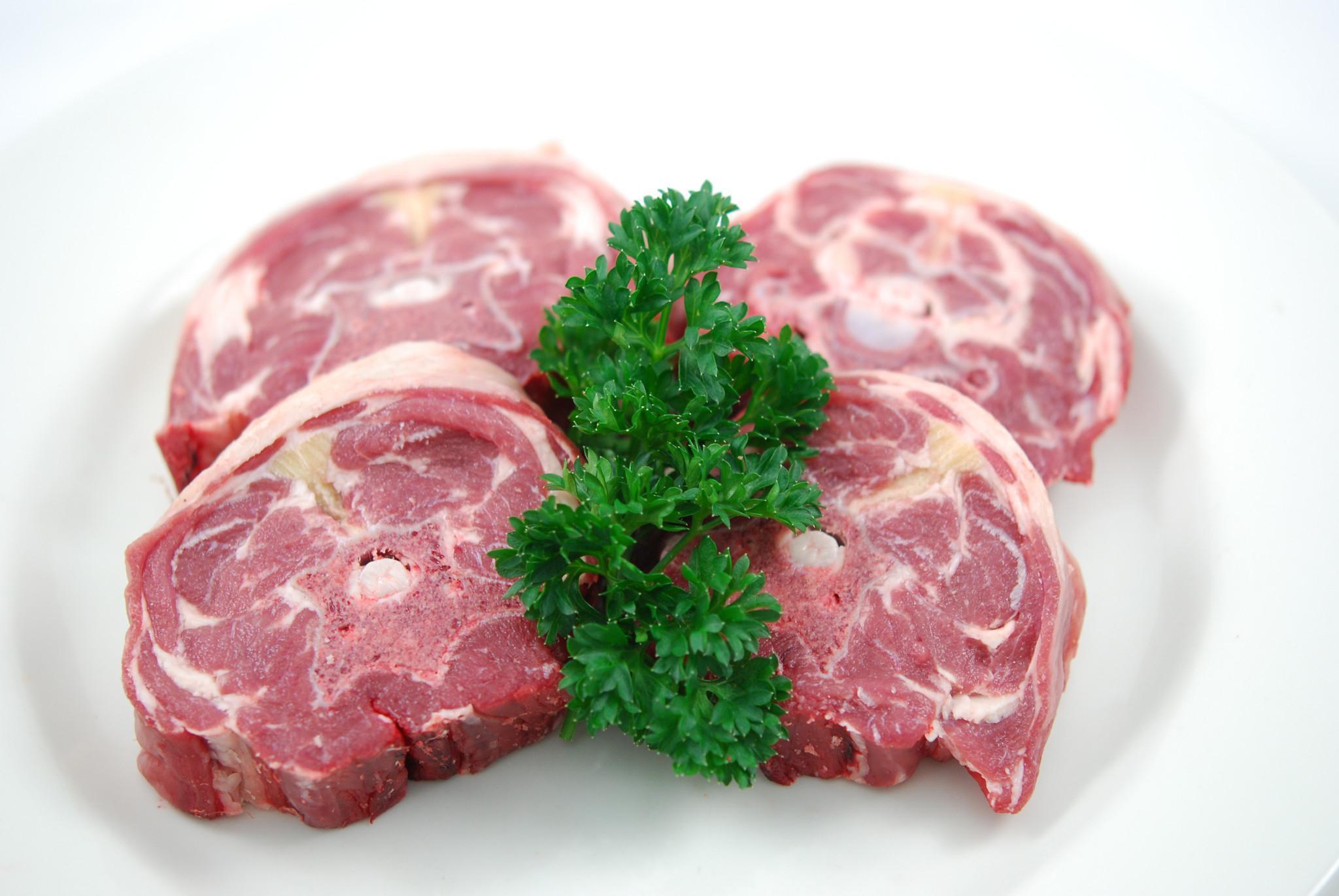barbwirehouse
Member
- Joined
- Jan 3, 2015
- Messages
- 163
I tried looking this up and Google and couldn't find anything solid, anybody know? 
Follow along with the video below to see how to install our site as a web app on your home screen.
Note: This feature may not be available in some browsers.
Click Here if you want to upgrade your account
If you were able to post but cannot do so now, send an email to admin at raypeatforum dot com and include your username and we will fix that right up for you.
jyb said:An oxtail stew (4 hour or more is usual) gives you fat, meat and gelatin, though probably not as much gelatin as a pure bone dish.
barbwirehouse said:jyb said:An oxtail stew (4 hour or more is usual) gives you fat, meat and gelatin, though probably not as much gelatin as a pure bone dish.
I thought ray was against cooking things for long periods of time?
jyb said:barbwirehouse said:jyb said:An oxtail stew (4 hour or more is usual) gives you fat, meat and gelatin, though probably not as much gelatin as a pure bone dish.
I thought ray was against cooking things for long periods of time?
A stew is boiled in water (and barely boiling). Not the same as frying a steak in oil until its burning.
barbwirehouse said:jyb said:barbwirehouse said:jyb said:An oxtail stew (4 hour or more is usual) gives you fat, meat and gelatin, though probably not as much gelatin as a pure bone dish.
I thought ray was against cooking things for long periods of time?
A stew is boiled in water (and barely boiling). Not the same as frying a steak in oil until its burning.
Oh ok, thanks.
On this topic, do you know what methods of cooking Ray approves of and what is he against?
Only stuff I could find is that he doesn't like iron or aluminum cookwear.
barbwirehouse said:On this topic, do you know what methods of cooking Ray approves of and what is he against?
Only stuff I could find is that he doesn't like iron or aluminum cookwear.
tara said:I thought he had recommended against boiling broths for too long, because it damages some proteins and may leach too much lead from bones into broth? Can't remembre where I read this, though.
Stiffness of cold broth should indicate gelatin content. When I asked butcher about most gelatinous cuts, he sold me two knee joints and said they'd make a broth I could walk on. Nearly true. But high PUFA.
jyb said:Well, you have to boil for a few hours to get gelatin even if you don't do a thorough stew.
Knee joints? Good to know. Is it really higher pufa than other parts of the beef?
tara said:jyb said:My experience has been that the knee and tail brews gave fat that was very soft, even liquid, after cooling. Definitely more liquid than chicken fat. WHen I boiled bones from torso, fat was very solid. I presume liquid fat implies higher PUFA. My hunch is that extremities exposed to more cold produced more PUFA than in warmer torso. Peat has mentioned studies where fat nearer skin on ruminants (sheep?) had more PUFA. I guess it would depend on climate - If the stock live in a warm climate it may not be such an issue.
jyb said:tara said:jyb said:My experience has been that the knee and tail brews gave fat that was very soft, even liquid, after cooling. Definitely more liquid than chicken fat. WHen I boiled bones from torso, fat was very solid. I presume liquid fat implies higher PUFA. My hunch is that extremities exposed to more cold produced more PUFA than in warmer torso. Peat has mentioned studies where fat nearer skin on ruminants (sheep?) had more PUFA. I guess it would depend on climate - If the stock live in a warm climate it may not be such an issue.
In my fridge it (from oxtails) solidifies like butter, but it's difficult to say because it's mixed with so many things like gelatin and water. But you really can't tell how much pufa by that method. Take bacon for example, before you cook it: looks pretty solid... And vice versa, in hot summer, my coconut oil looks more watery than my olive oil.
tara said:What other explanation can you think of for liquid cold beef fat? Would the alternative be a higher ratio of short and medium chain triglycerides? Any reason to think this could be happening?
